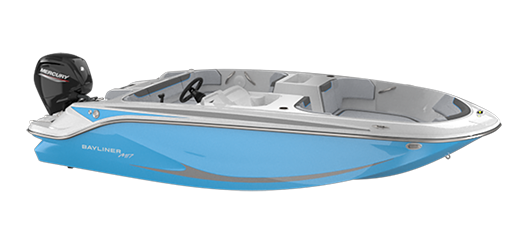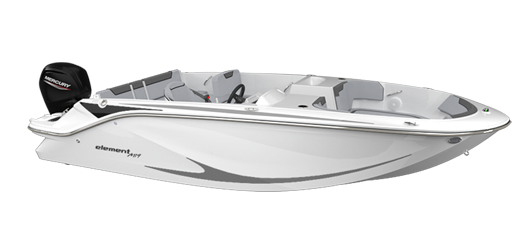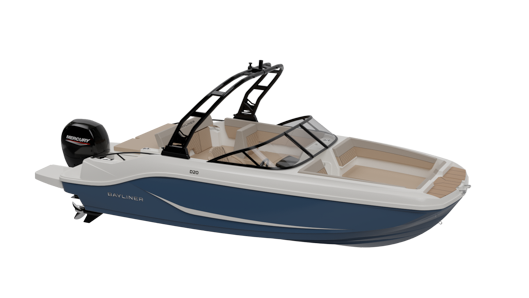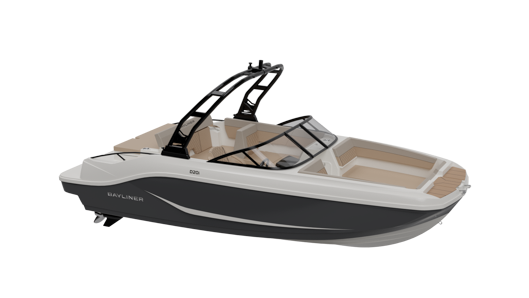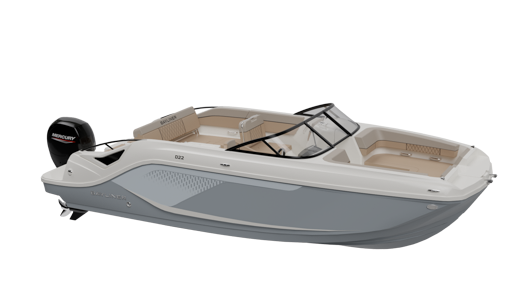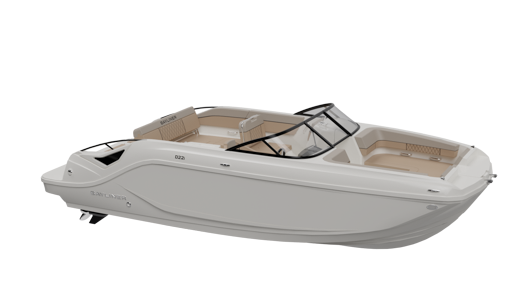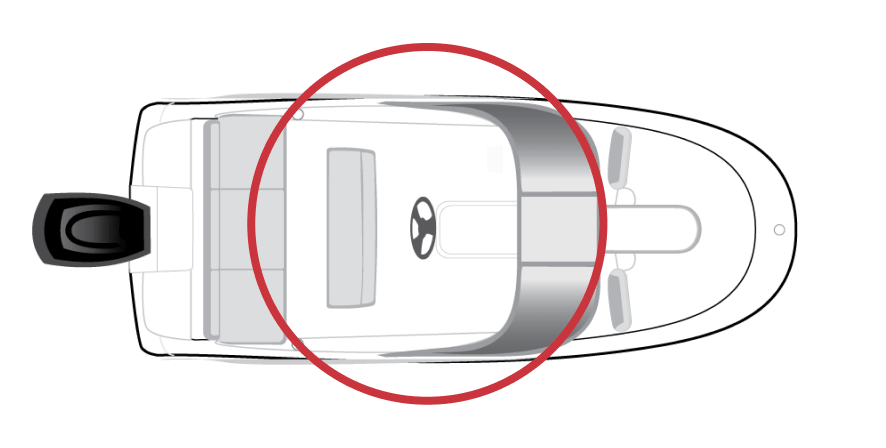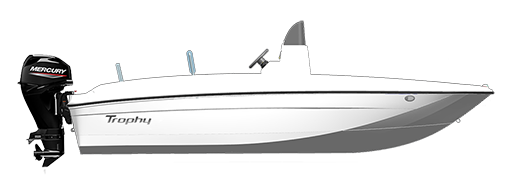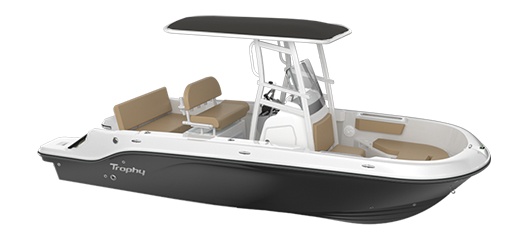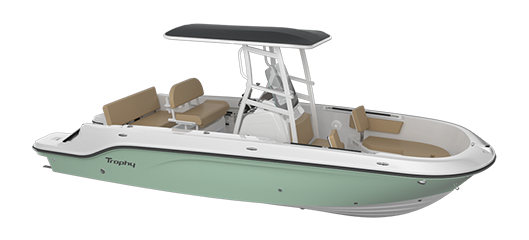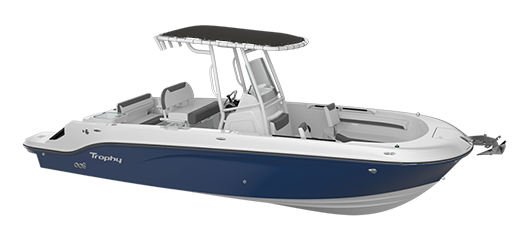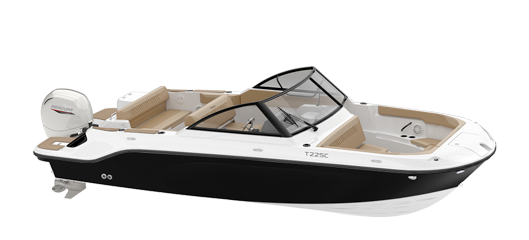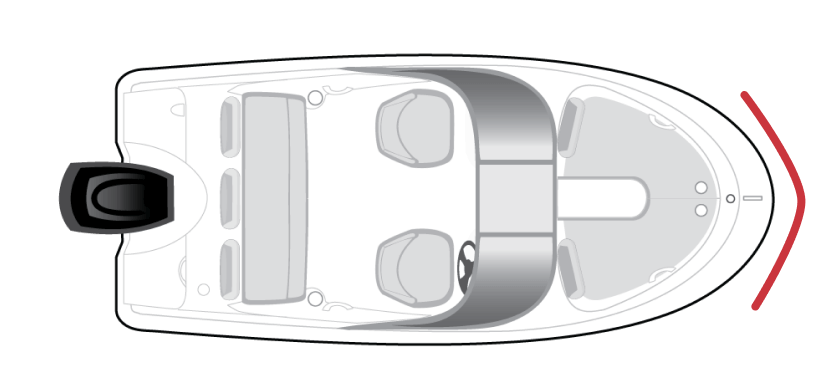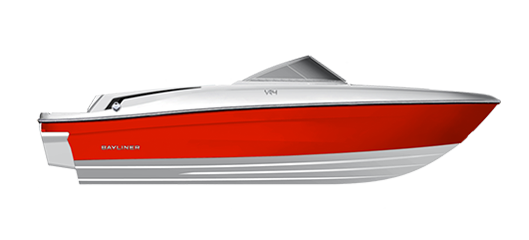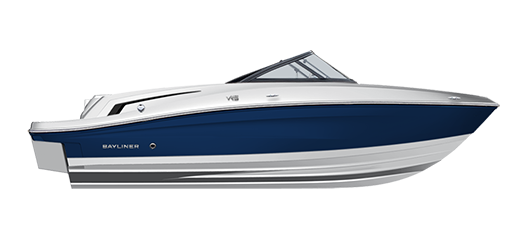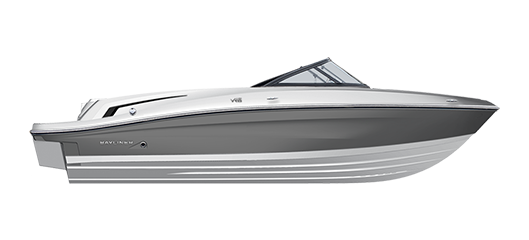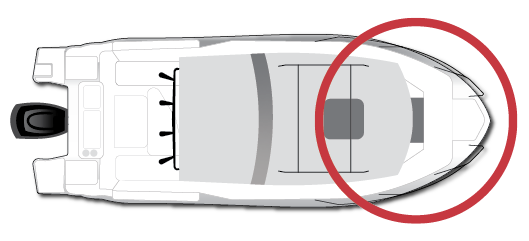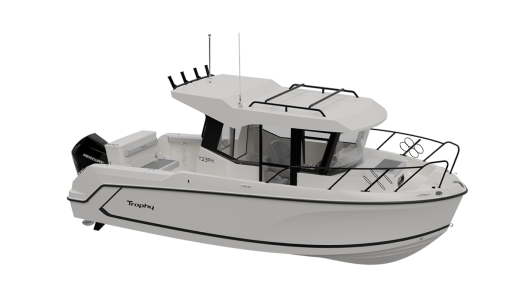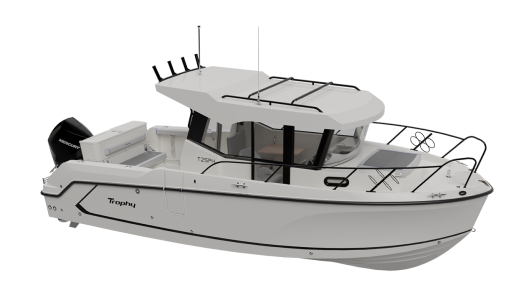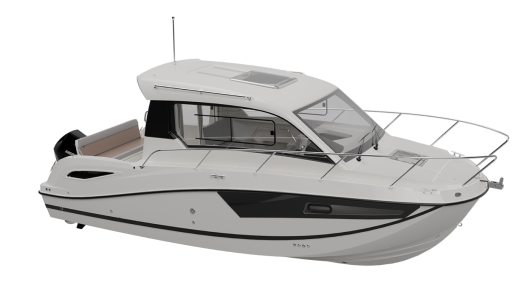?$H-2000-2000$&fit=constrain&fmt=webp-alpha)
Boat Navigation Lights & Day Shapes
Enhance on-water safety by learning the meaning behind navigation lights for boats and day shape configurations to avoid a collision on the water.
Boat navigation lights and day shapes are tools used to indicate the status of a vessel on the water and the direction in which it’s moving. It’s important to know a few basics so you can make safe decisions about how to manage your own boat and how to interpret the status of the vessels around you so you avoid a collision.
All boats have basic navigation lights (or boat running lights) for when they’re underway at night and those include red (port), green (starboard) and white (anchoring, steaming or stern). It gets more complicated when lights are used in different combinations to indicate the status of a boat whether underway or not. Day shapes are signals used during daylight hours (dawn to dusk) that correspond to the various configurations of lights used at nighttime. Both boat navigation lights and day shapes are defined by the International Regulations for Preventing Collisions at Sea (ColRegs) and you should be familiar with a few of the key ones whenever you go out on your boat.
?$H-2000-2000$&fit=constrain&fmt=webp-alpha)
Know your boat’s navigation lights
Red, green, white, blue and yellow lights may be arranged in various combinations to help you determine what the boats around you are doing. Lights are specified as to the degrees or angles from which they are visible. Typically, placement should display a green starboard light on the right side and a red port light on the left side, both visible from ahead to 112.5 degrees aft on their respective sides. Additionally, a white stern light should be positioned at the rear, visible from 135 degrees on either side.
Some common combinations include:
Always consult local maritime authorities for specific boat navigation light and day shape guidelines in your area.
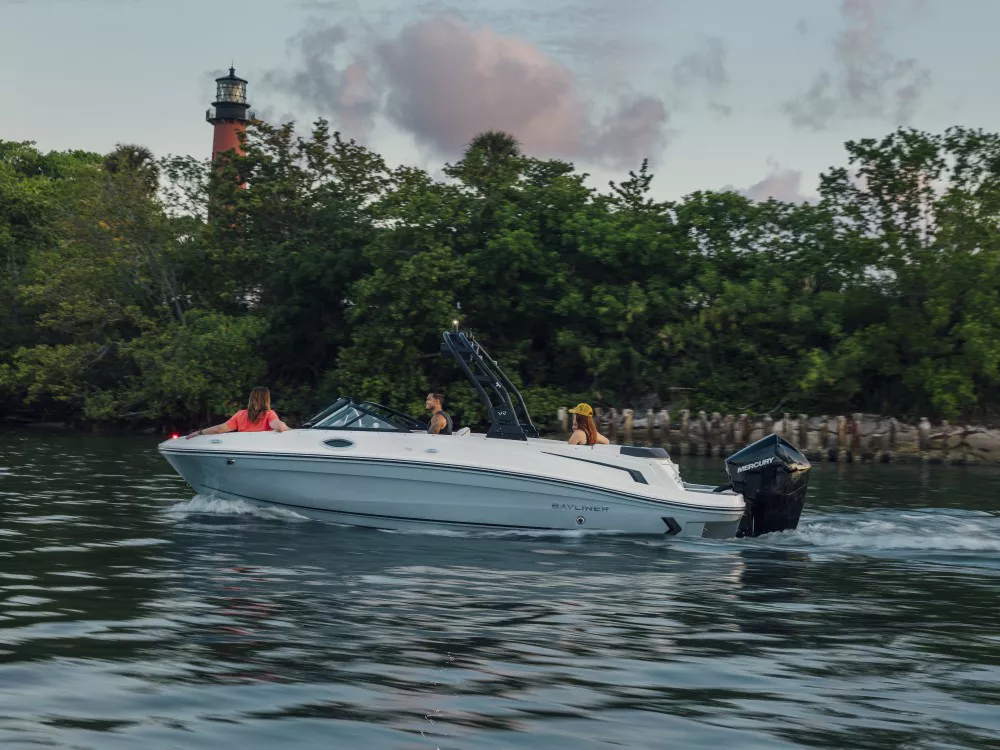
Understanding different day shapes
Day shapes are shown at the masthead or in the “rigging” from dawn to dusk. On small boats, that means as high up as possible but vessels under 7 meters (23 feet) and in some cases 12 meters (39 feet) aren’t typically required to display day shapes. Even if you don’t need to display them, you should know what they mean to understand what is happening with the vessels around you.
Day shapes are black geometric shapes (ball, cone, cylinder and diamond) that can be used alone or in various combinations to denote a different vessel status. Some common ones include:
Bonus boater tip
To remember the basics of port and starboard try this: “Port” has four letters as does the word “left” and port wine is red. If you see a red and green, the vessel is coming head on. If you see a white light only, the vessel is moving away from you or is anchored. If you see a red light (with or without a white behind it) that vessel is coming from your right and has the right of way in a crossing situation.
For more complex boat navigation light and day shape configurations, a useful tool is the LIGHTrule from Weems and Plath. Shaped like a large slide rule, it identifies 60 light combinations from bow, stern, port and starboard angles, and 15 corresponding day shapes. It even includes sound signals used in fog or during times of limited visibility. Keep the LIGHTrule aboard for quick reference throughout the boating season.
Understanding how vessels communicate via lights and shapes is important knowledge you need to avoid a collision. You don’t need to know each combination, but you should be familiar with a few to stay safe on your boat.


